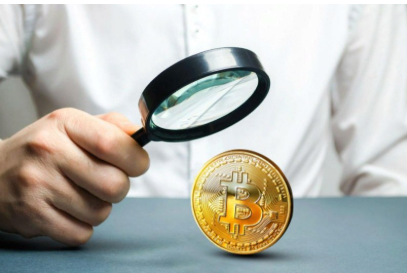🔍 9 Tools to Check DeFi Tokens: How to Avoid Scams
The DeFi (decentralized finance) market is one of the most dynamic areas in the crypto industry. It offers new protocols, investment opportunities, and at the same time, dozens of scam projects. To protect your funds, it’s important to verify each token using specialized services and tools.
Before investing, it’s useful to perform a comprehensive check: assess liquidity, token distribution, smart contracts, and overall project credibility.
Dextools is a popular platform for token trading analysis. It helps track buy and sell orders, spot tokens that cannot be sold, and detect suspicious trading patterns.

- Sell orders: if none exist — a warning sign.
- Green candles across all timeframes: indication that no one can sell the token.
- Anomalies: scammers sometimes whitelist addresses to simulate normal trading.
UNCX allows checking token liquidity locks.

- Locked liquidity = developers cannot immediately withdraw funds.
- Pay attention to the lock duration, as short-term locks can be a trap.
For analyzing smart contracts, De.Fi Scanner and Token Sniffer are suitable. The first provides an automatic audit and highlights potential vulnerabilities, while the second allows you to quickly assess a contract and compare it with known scam patterns.
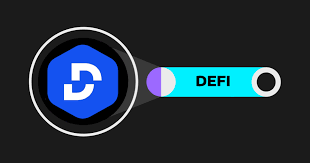
De.Fi Scanner
- Enter the contract address and get a report on potential vulnerabilities.
- Especially useful for beginners: quickly shows if there are any “traps” in the code.

Token Sniffer
- Compares a token with known scams.
- Convenient for initial, “first-look” checks.
For tokens on the BNB network, BSCScan is useful. It analyzes contract owners and token distribution among wallets, helping identify projects where a large share is concentrated in a few addresses:
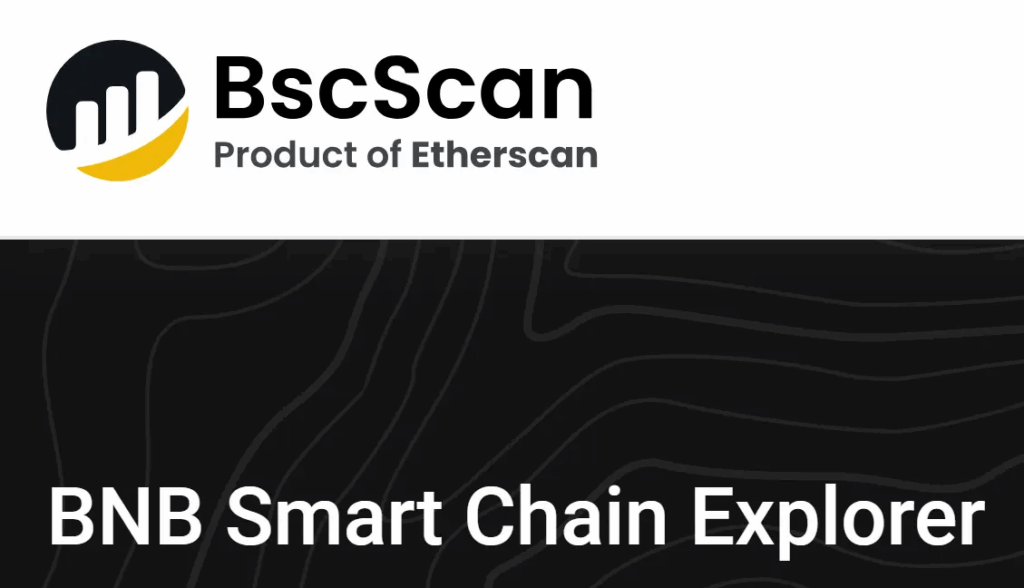
- Checks the contract owner.
- Analyzes token distribution: if 2–3 wallets hold >50%, it’s a risk.
- Detects “honeypot” traps that block selling.
In the Ethereum ecosystem, Etherscan serves a similar role — the main blockchain explorer to track transaction history, check addresses, and monitor suspicious activity:

- Access to full transaction history.
- Wallet checks: token balances and their origins.
- Tracking suspicious activity and phishing markers.
Additional tools include RugDoc, specializing in assessing “rug pull” risks (sudden liquidity withdrawals by developers), and DappRadar, a platform to evaluate the real user activity of decentralized applications.
RugDoc — DeFi project safety platform:
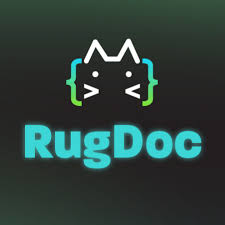
- Provides trust ratings.
- Identifies warning signs (anonymous teams, questionable tokenomics).
- Specializes in detecting Rug Pull schemes — when developers withdraw liquidity and disappear.
DappRadar
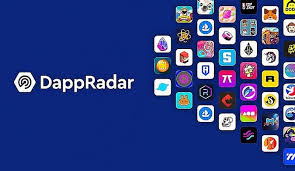
- Catalog of decentralized applications with analytics.
- Data on TVL, user activity, transactions.
- Helps understand whether a project is actively used or just “well-packaged.”
A broader perspective is offered by information resources like DeFi Prime, which publishes analytics, team reviews, and tokenomics:
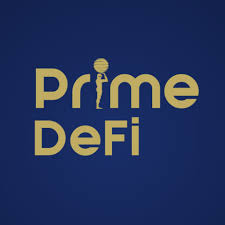
- Detailed reviews focusing on team and tokenomics.
- News and analysis of DeFi trends.
- Educational materials for investors of all levels.
Compact comparison of 9 tools
| Tool | Purpose | Strengths | Limitations |
|---|---|---|---|
| Dextools | Token trading analysis | Order books, charts, detect illiquid tokens | Requires chart reading skills |
| UNCX | Liquidity lock check | Shows if liquidity is locked | Does not audit smart contracts |
| De.Fi Scanner | Smart contract audit | Automatic vulnerability analysis | May miss complex exploits |
| Token Sniffer | Quick token check | Detects clones & known scams | May fail on new tokens |
| BSC Check | BNB token analysis | Wallet distribution | Only for BNB Chain |
| Etherscan | Ethereum research | Transaction & contract history | No automatic audit |
| RugDoc | Rug pull risk | Detects liquidity exit schemes | Subjective, updates may lag |
| DappRadar | dApp monitoring | Real usage data | Does not analyze token code |
| DeFi Prime | DeFi catalog & analytics | Team and tokenomics reviews | Less real-time than scanners |

⚡ Conclusion
Token verification should combine multiple tools: technical audits, token distribution checks, liquidity assessment, and transaction history analysis. No tool offers 100% guarantee, but together they help identify most suspicious projects.
The key rule — don’t rush and always do your own research (DYOR).
All content provided on this website (https://wildinwest.com/) -including attachments, links, or referenced materials — is for informative and entertainment purposes only and should not be considered as financial advice. Third-party materials remain the property of their respective owners.


